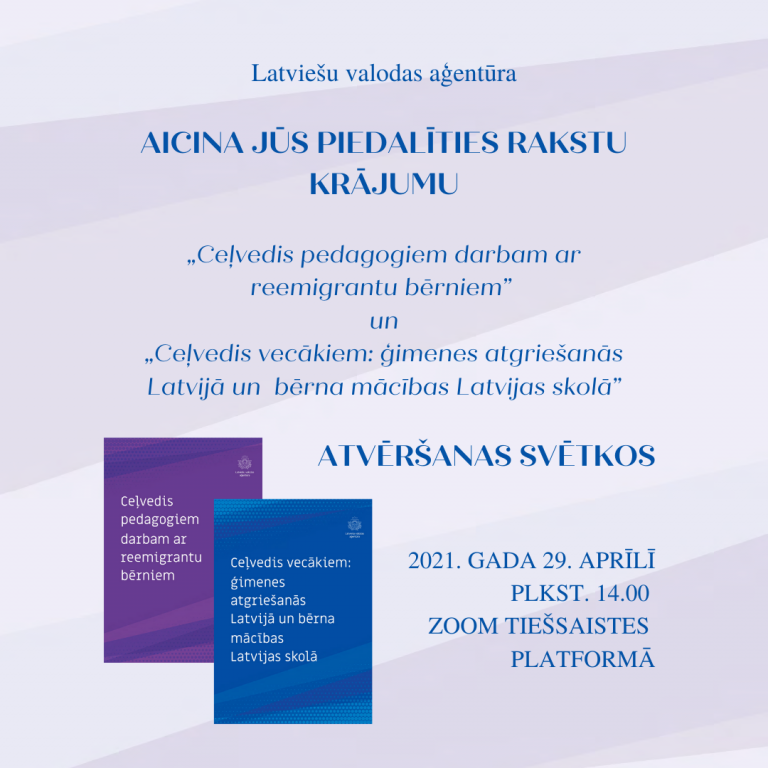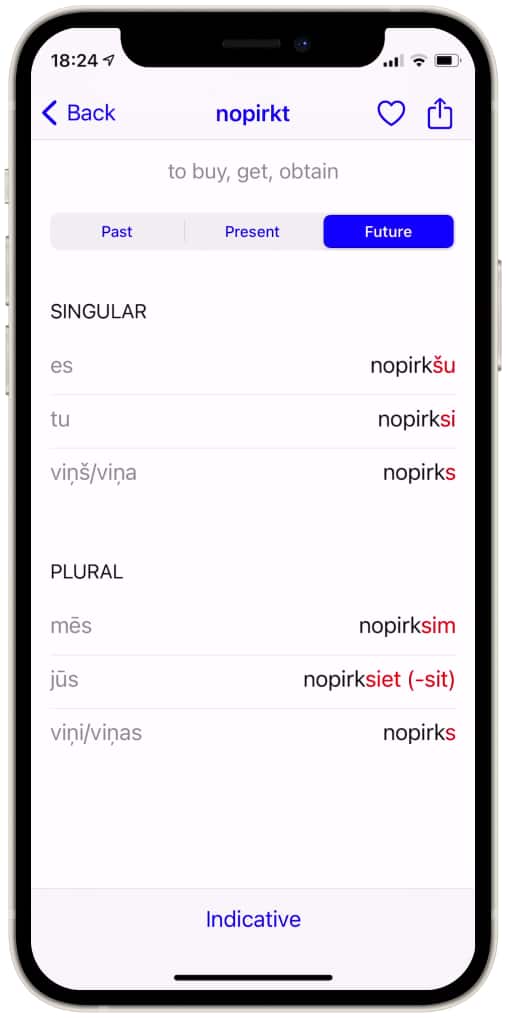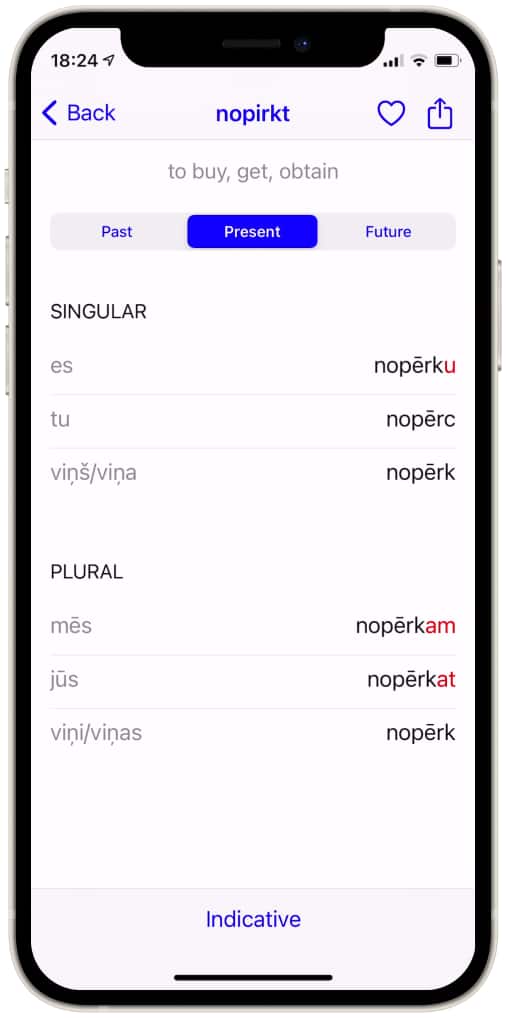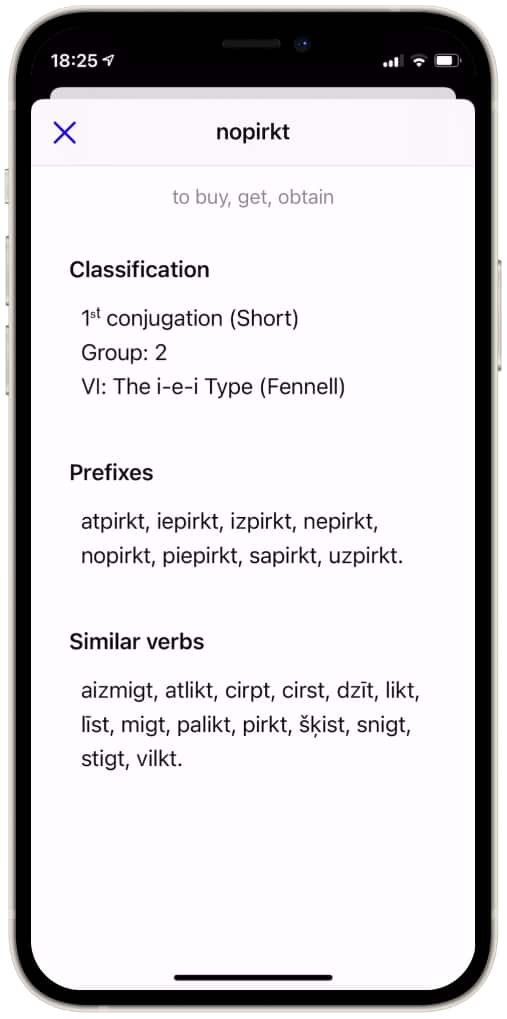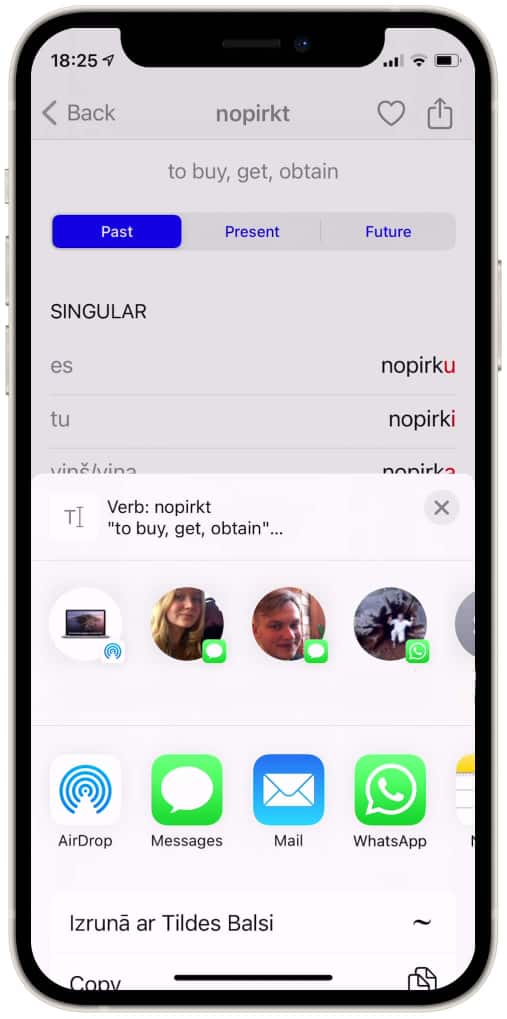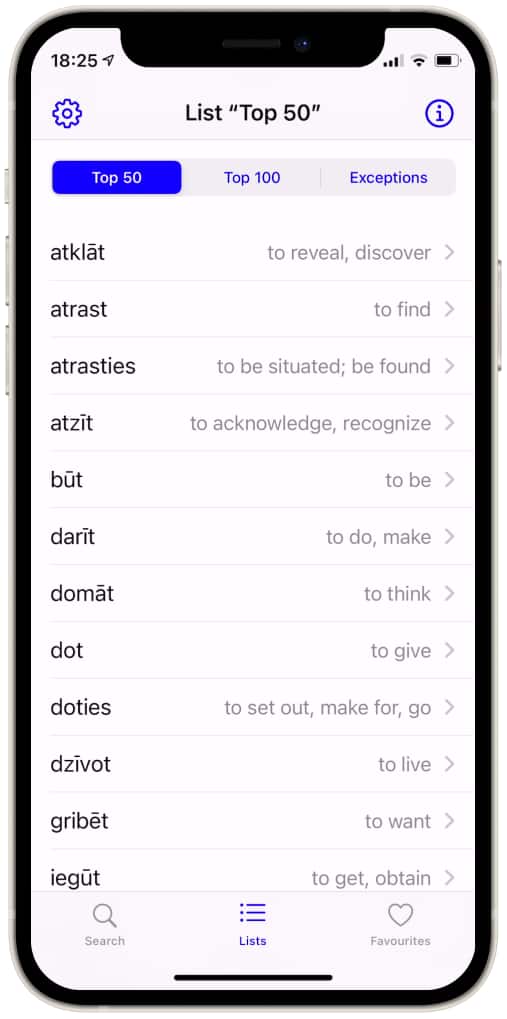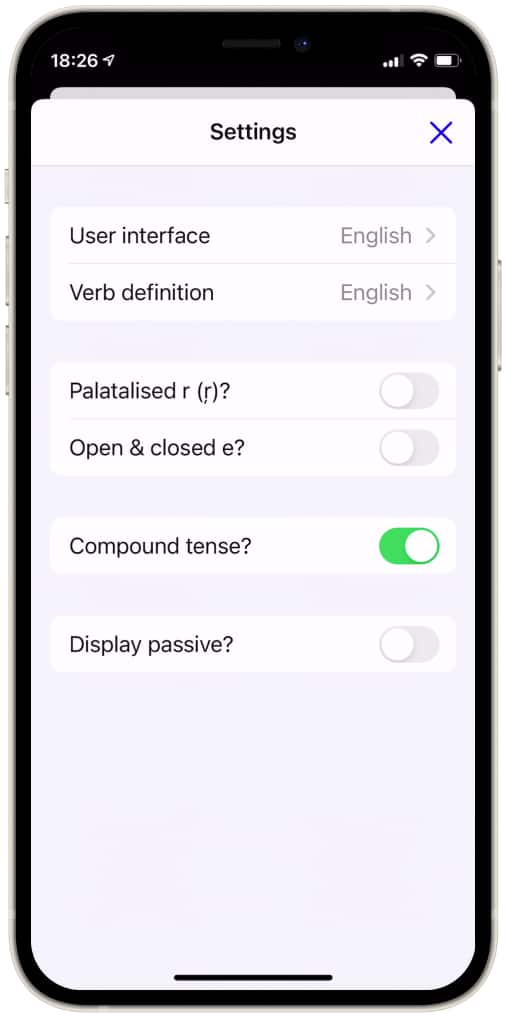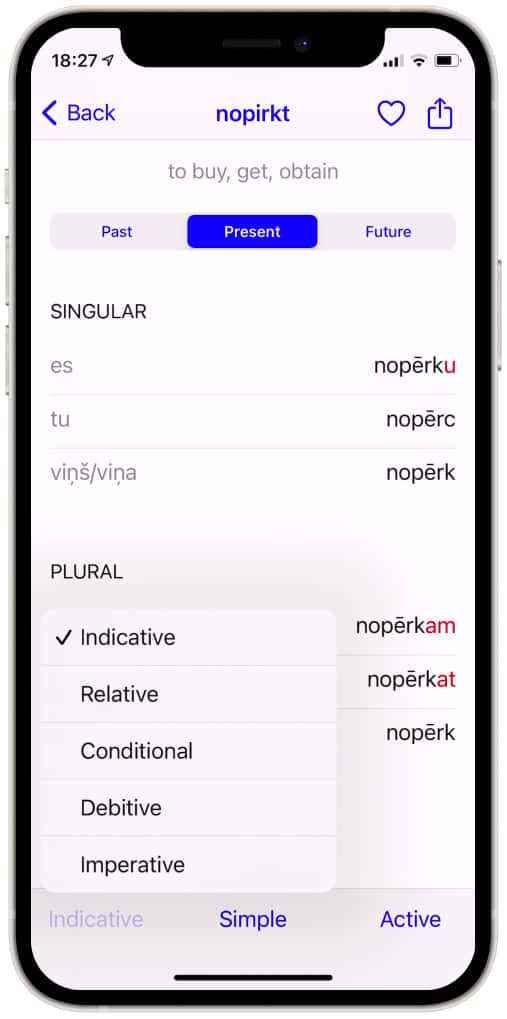The viola has long been overshadowed by the slightly smaller violin, and there is significantly less music written specifically for the viola as compared to the violin. Some even may consider the viola to be a more ‘accompanying’ instrument, rather than a solo instrument. However, the viola, with its lower and richer sound, still has a distinct resonance and timbre, and is deserving of a much broader solo repertoire.
Perhaps recognizing that, Latvian composer Pēteris Vasks composed a concerto for viola in 2014/15 and dedicated the work to the distinguished violist Maxim Rysanov. In 2020, the Swedish record label BIS released a recording of this work, featuring Rysanov as both violist and conductor, along with the orchestra Sinfonietta Rīga. The conductor and orchestra also pair the Viola Concerto with Vasks’ Symphony for Strings Balsis (‘Voices’) on the CD.
Much of what Vasks composes is emotionally tense and full of sadness, and the Viola Concerto is no exception. The first movement opens with an eerily quiet and almost fragile performance from the strings, a slowly ascending melody that is punctuated by plucked strings. Rysanov enters playing a slow, mournful melody, as the orchestra slowly grows in volume and intensity. The plucked strings create a pulse or heartbeat in the second movement, as the tension continues to grow, and the viola performs a kind of melancholic dance. The dance becomes more frantic over time, but then turns into a solo performance by Rysanov, with sudden starts and stops, creating an aura of uncertainty.
The gently flowing third movement gradually turns ominous, as the viola and orchestra perform a kind of dialogue, and the conversation becomes more strained and frantic as the movement progresses. Rysanov brings out the expressive nature of this movement in his lyrical and fluid performance, particularly the extensive solo performance at the end of this movement, which is then joined by the orchestra only to suddenly end, giving way to the solemn adagio of the fourth movement. The first few glimmers of hope appear here, with Rysanov’s melodious viola bringing a kind of calm to conclude the storm of the previous movements.
The monumental Symphony for Strings Balsis was written in 1991, a particularly turbulent time in Latvia’s history. Though independence was in the process of being restored, the process was tumultuous and even dangerous at times. An uneasy, barely audible string melody is heard at the beginning of the first movement ‘Klusuma balsis’ (or ‘Voices of Silence’). The foreboding stillness slowly begins to expand in a very deliberate, steady melody in the strings, and Sinfonietta Rīga’s performance gives it the sound of a choir’s wordless vocalize.
Themes of nature, an oft-used motif in Vasks’ music, can be heard in the second movement – ‘Dzīvības balsis’ (or ‘Voices of Life’), which could perhaps be described as the sound of the dawning of a new day, with brief flutters and chirps of sound from the orchestra. The music is very tentative, as if unclear what this new day will bring but begins to swell and become a soaring song, full of life, though it does gradually descend into a kind of cacophony or musical chaos near the end, perhaps indicating the unstable and uncertain environment of that era. That confusion leads to perhaps the most personal of the movements, the third and final – Sirdsapziņu balsis (or ‘Voices of Conscience’), where the strings, often in unison, play a dramatic and piercing melody, turning into discordant waves of sound. It concludes with the similar, almost whispering strings of the introduction, giving the conclusion an almost ephemeral nature.
Over the course of the album, it becomes clear why Pēteris Vasks dedicated the Viola Concerto to Maxim Rysanov, as he displays an innate and keen understanding of not just Vasks’ music, but also the emotions and thoughts behind it all. And not just as a violist, but a conductor as well – Rysanov, along with Sinfonietta Rīga, provide for an inspired performance of Vasks’ Symphony Balsis, giving an interpretation that is both urgent and nuanced, revealing the many layers and textures of the work, one of Vasks’ towering symphonic accomplishments.
For further information, please visit the BIS Records website and the Sinfonietta Rīga website.
Pēteris Vasks – Viola Concerto / String Symphony Balsis
Sinfonietta Rīga, Maxim Rysanov – viola & conductor
BIS Records, BIS-2443, 2020
Track listing:
Concerto for Viola and String Orchestra
- I. Andante
- II. Allegro moderato
- III. Andante
- IV. Adagio
Symphony for Strings ‘Voices’ (Balsis)
- I. Voices of silence (Klusuma balsis)
- II. Voices of life (Dzīvības balsis)
- III. Voice of conscience (Sirdsapziņas balss)
Egils Kaljo is an American-born Latvian from the New York area . Kaljo began listening to Latvian music as soon as he was able to put a record on a record player, and still has old Bellacord 78 rpm records lying around somewhere.
